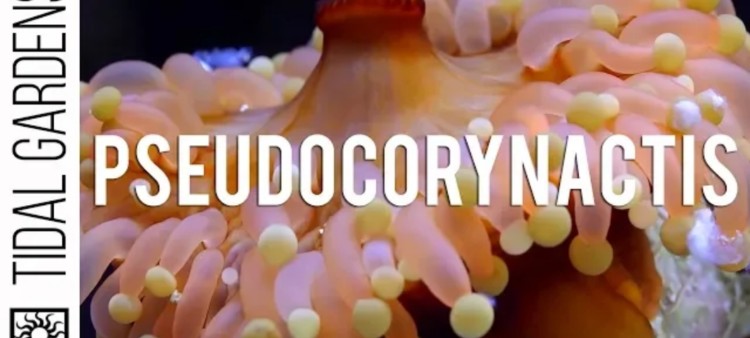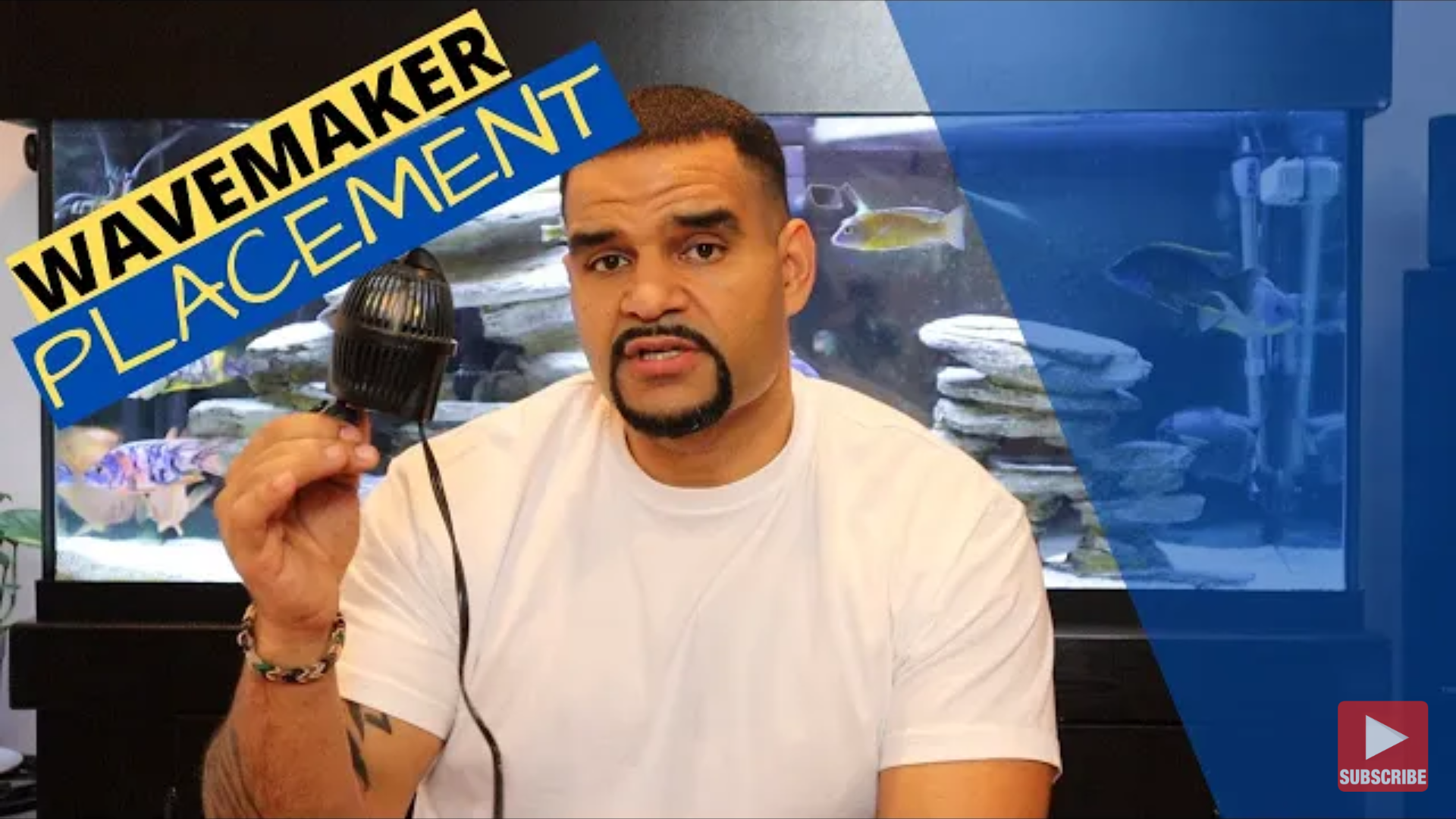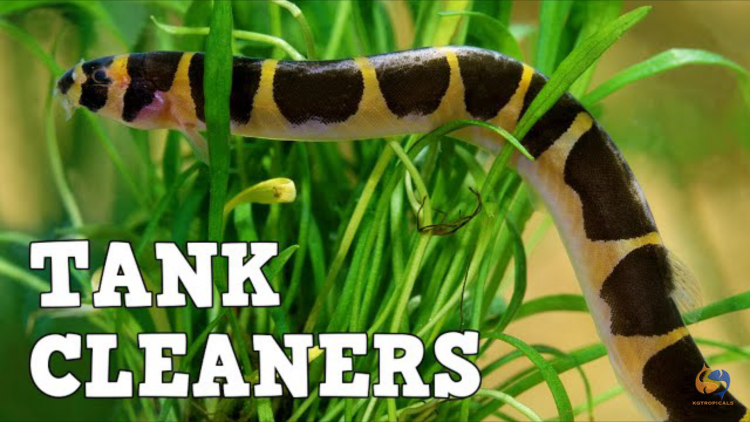Pseudocorynactics: Coral Care Guide
- Jan 17, 2022
- Anshika Mishra
- 227 0 0

Believe it or not, Pseudocorynactics are a type of mushroom. Although, the common name for them is an Orange Ball Anemone.
Introduction to Pseudocorynactics
The Pseudocorynactics are not Anemonies at all. It is easy to see why one might think they are a type of anemone. They share many of the same similarities with some of the popular anemones in the hobby, such as long tentacles and bubble tips.
They have a thick crown of tentacles, a fleshy body, and a single largemouth in the center. Yet, despite all these similarities, the Pseudocorynactics is a type of Corallimorphs, which they seemingly have little to nothing in common with on the surface.
Other Corallimorphs tend to be flat in appearance though they have different easily differentiated textures.
The Appearance isn't the only thing Pseudocorynactics has to separate itself from the mushroom crowd. It is easily the most effective predator. Those lovely tentacles are incredibly sticky. We will put them on par with the stickiness of a large carpet anemone.
The Stickiness
It only takes a few seconds for the Pseudocorynactics to detect any object and react by sending more tentacles in their way. Then, once it has got a good grip on your hand with its nematocysts, you can lift it out of the water without letting it go, and it includes the rock it is anchored to.
This stickiness and ability to respond quickly to animals that unfortunately come in contact with it make the Pseudocorynactics a poor choice to the house with many small fish and inverts. They are really good at catching and eating anything that wanders too close.
The Ideal Tank
You can keep it with a refugium with just macroalgae. In a tank like this, you can appreciate them for what they are in a nice setting, but you don't have to worry about them eating something like a fox face or a Tang. They are more than capable of grabbing and eating large prey items like that.
They can grow to incredible sizes and could easily eat bigger fish.
Anyhow, the Pseudocorynactics can make a really interesting oddball addition if you are willing to take some precautions.
Happy Reefing!






About author